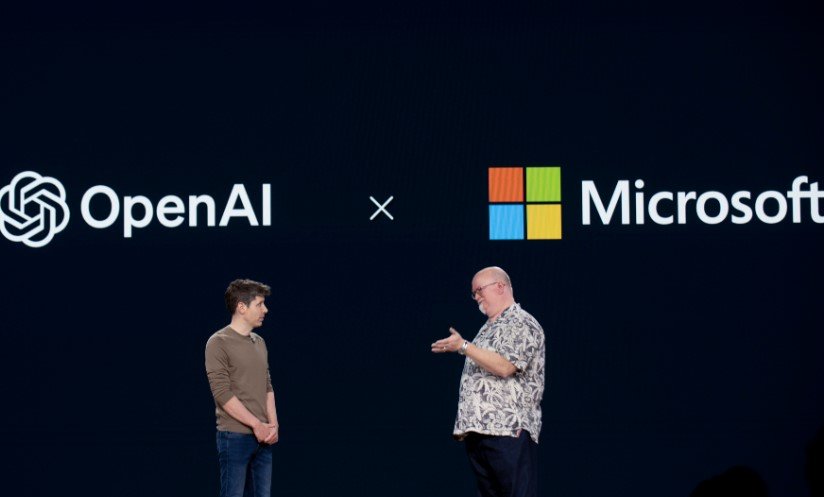OpenAI has finished a major restructuring, splitting into a nonprofit foundation and a for-profit company, with Microsoft gaining a huge $135 billion stake. This move, announced on October 28, 2025, aims to boost funding for AI growth while keeping a focus on safe tech development.
What the Restructure Means for OpenAI
OpenAI started as a nonprofit in 2015 to build safe artificial intelligence for everyone. Over time, it added a for-profit side in 2019 to attract more money, but limits held back big plans.
Now, the company has created the OpenAI Foundation as the nonprofit part and OpenAI Group PBC as the for-profit public benefit corporation. This setup lets the for-profit arm raise cash freely, possibly through a public stock offering soon.
The foundation keeps control with a $130 billion stake in the for-profit side. Leaders say this balance will help solve tough AI challenges, like making systems safe and useful for science and global teamwork.

Experts note this change comes after talks with regulators in California and Delaware. It addresses worries about shifting from nonprofit roots to a business model that can compete in the fast AI world.
Microsoft’s Role and Massive Investment
Microsoft has backed OpenAI since 2019, pouring in billions to fuel ChatGPT and other tools. The new deal gives Microsoft a 27 percent stake in the for-profit entity, valued at around $135 billion.
This investment secures Microsoft’s access to OpenAI’s tech until 2032, even if advanced general intelligence arrives. In return, OpenAI plans to buy $250 billion in Azure cloud services from Microsoft over time.
The partnership started small but grew into a key force in AI. Microsoft uses OpenAI models in products like Office and Bing, driving its own stock to new highs.
Recent events show tensions, like OpenAI’s need for more computing power beyond what Microsoft alone can provide. Now, both can pursue AI goals independently while sharing benefits.
Key Benefits and Challenges Ahead
This restructure opens doors for OpenAI to fund huge projects, such as building data centers and advancing research. CEO Sam Altman has big visions for AI that could change industries like healthcare and education.
However, critics worry about profit motives overshadowing safety. Past controversies, including a 2023 leadership shakeup, highlight risks in rapid AI growth.
On the plus side, the public benefit corporation status requires balancing profits with public good. This could set a model for other tech firms.
Here are some main outcomes of the deal:
- OpenAI gains freedom to raise unlimited funds.
- Microsoft locks in long-term tech access.
- The nonprofit foundation ensures ethical oversight.
- Potential for OpenAI to go public by 2026.
Impact on the AI Industry
The AI field is booming, with companies racing to build smarter systems. OpenAI’s move could inspire others to blend nonprofit ideals with business needs.
Microsoft’s stake pushes its market value over $4 trillion, joining Apple and Nvidia in that elite club. This reflects investor excitement about AI’s future.
Competitors like Google and Amazon are watching closely. They might ramp up their own investments to keep pace.
A quick look at recent AI funding trends shows the scale:
| Company | Recent Investment | Year |
|---|---|---|
| OpenAI | $135B from Microsoft | 2025 |
| Anthropic | $4B from Amazon | 2024 |
| xAI | $6B from investors | 2024 |
This table highlights how OpenAI’s deal dwarfs others, signaling a shift in AI power.
Global Reactions and Future Outlook
World leaders and experts are reacting to the news. Some praise it for speeding up innovation, while others call for stronger rules on AI risks.
In Europe, regulators are pushing for strict AI laws, which could affect OpenAI’s global plans. Meanwhile, in Asia, firms are investing heavily to catch up.
Looking ahead, this could lead to breakthroughs in areas like climate solutions and medical research. But it also raises questions about job impacts and ethical use.
Share your thoughts on how this restructure might change AI for you. Comment below or spread the word to start a discussion.








